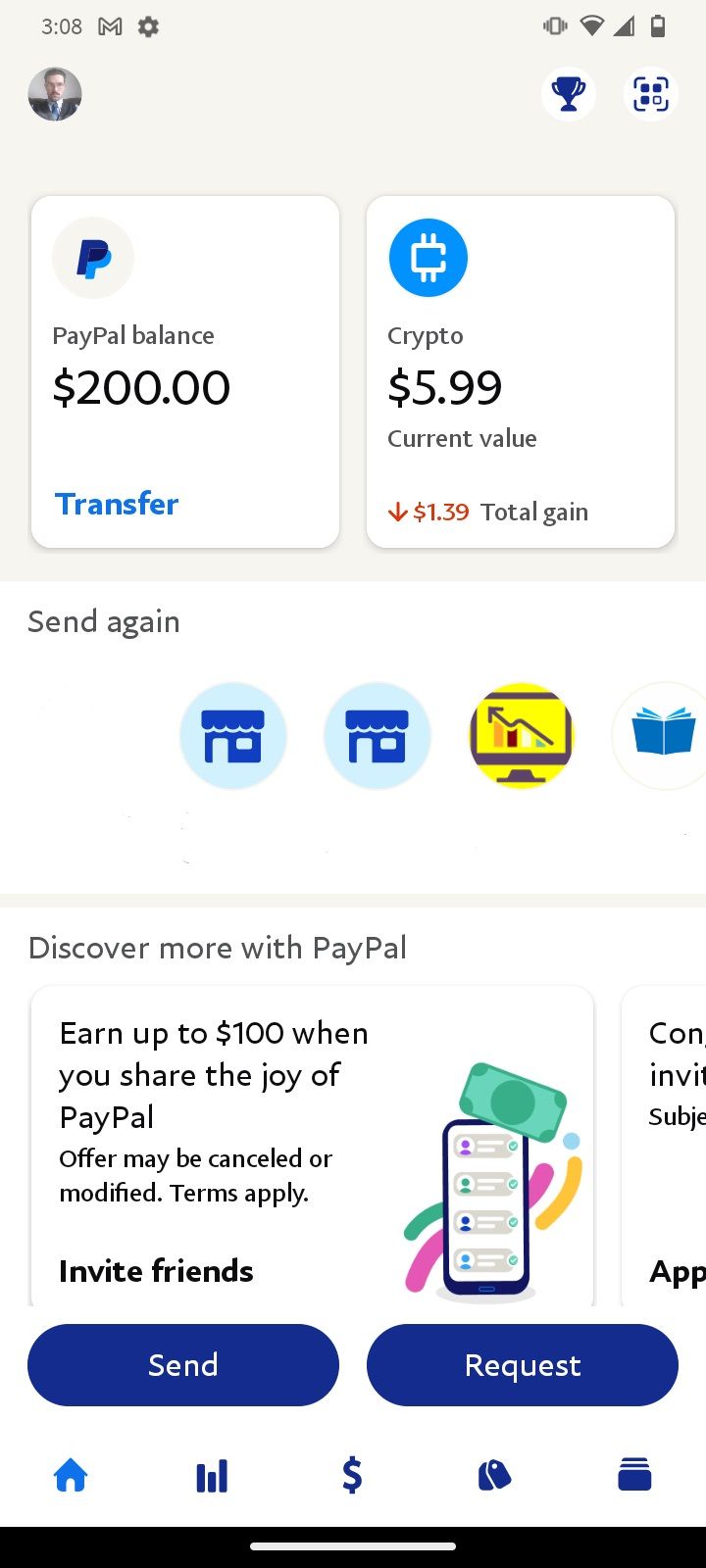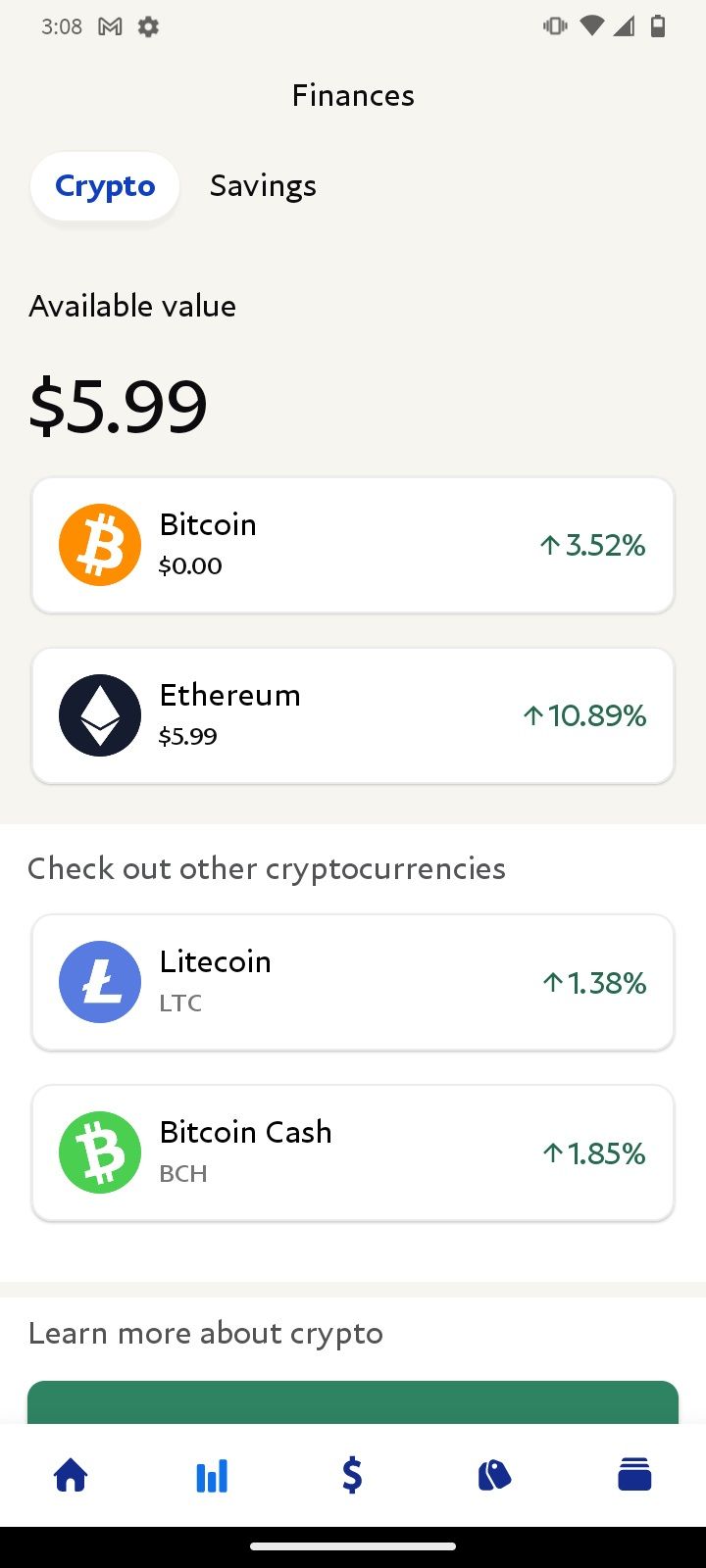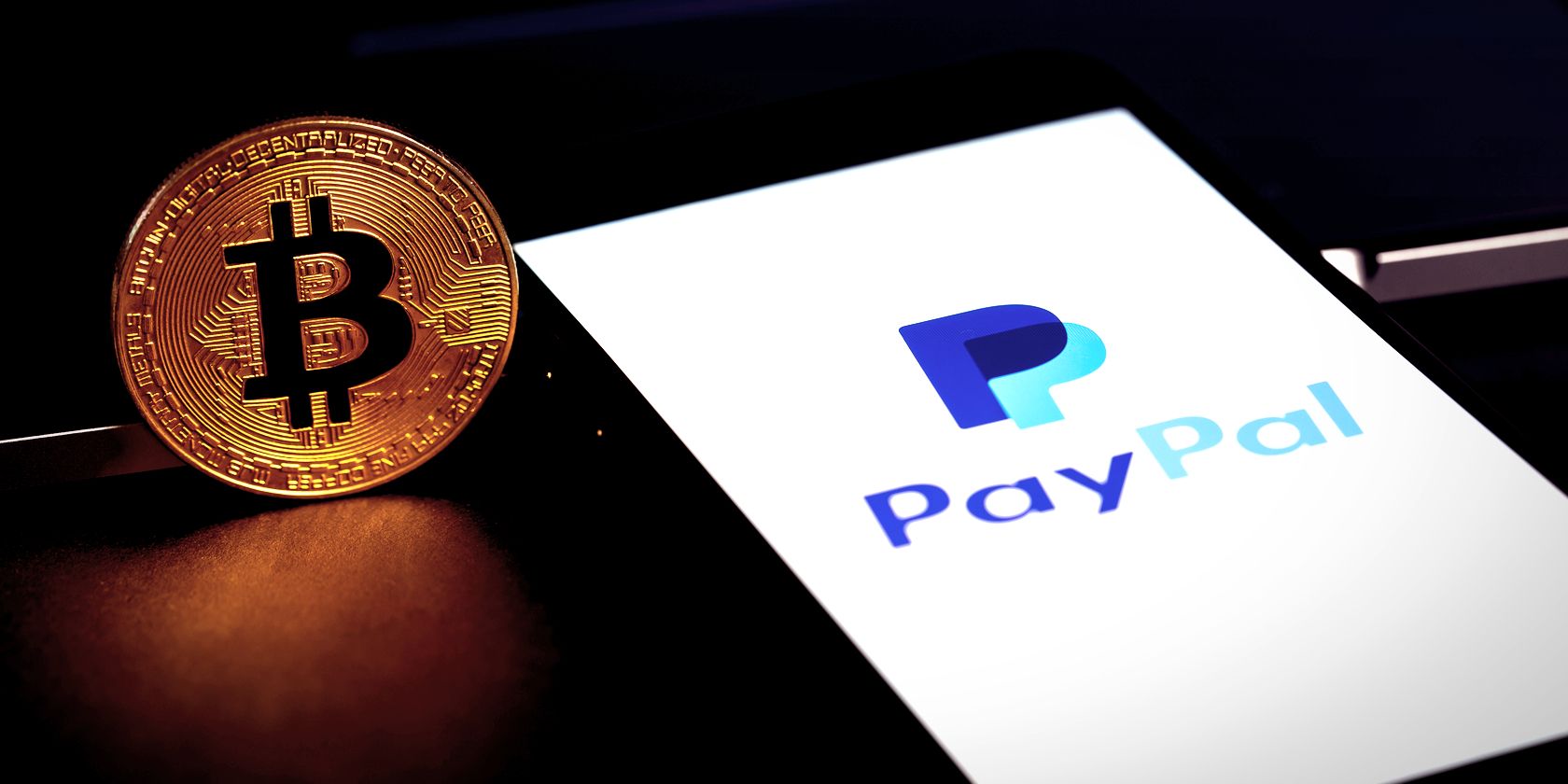For a while now, PayPal has allowed users to "buy and sell" select cryptocurrencies within the online payment platform. However, in June 2022, the company announced that users can now transfer their cryptocurrencies purchased on PayPal to other digital wallets—including their own non-PayPal Wallets.
So, what does that mean for users? What does it mean for PayPal? What does it mean for cryptocurrencies?
You Can Now Send Crypto on PayPal
"PayPal supports the native transfer of cryptocurrencies between PayPal and other wallets and exchanges," PayPal's SVP and GM of crypto and blockchain Jose Fernandez da Ponte said, announcing the update. "This feature has been consistently ranked by users as one of the most requested enhancements since we began offering the purchase of crypto."
Allowing PayPal customers the flexibility to move their crypto assets (Bitcoin, Ethereum, Bitcoin Cash, or Litecoin) into, outside of, and within our PayPal platform reflects the continuing evolution of our best-in-class platform and enables customers to interact with the broader crypto ecosystem.
The release, dated June 7, 2022, said the feature was available starting that day. As of this writing, buttons described in the release and in video tutorials created by PayPal have yet to materialize on the desktop interface and mobile app. It's likely that the feature is still rolling out and will be available soon if you don't have it already.
How to Transfer Cryptocurrency on PayPal
First, navigate to your crypto page within your PayPal account. Depending on whether you're using the desktop interface or the mobile app, this can look a little different. Once you've found the PayPal portion of your account, the rest of the process is the same no matter how you're accessing the platform.
How to Find Crypto on PayPal
If you're on the desktop mode, there's a small Crypto icon below the Send icon on the main page after logging in. You can also select the Finances tab from the toolbar at the top of the screen.
If you're on the mobile app, the crypto portion of your account gets a large button at the top of the screen next to your balance. Tap that button to get started.


How to Transfer Crypto on PayPal
Each cryptocurrency that PayPal supports has its own button. Tap the button for the cryptocurrency you want to interact with to open a new screen with information on that cryptocurrency, including the recent market price and a graph of recent activity.
In the original PayPal crypto interface launched in 2021, the only buttons were Buy and Sell. The new interface has a Transfer button with arrows on it. Tap this button to open up the Send and Receive options.
The Receive button generates a QR code to the wallet for that cryptocurrency within PayPal. The Send button allows you to enter or scan a wallet address.
The really interesting thing about this is that it works with non-PayPal wallets. This opens up the network and allows users to use PayPal to buy cryptocurrency and then send their crypto to another account they use.
Why would someone do this? Because PayPal is easier to use than a lot of other exchanges. And, bringing crypto onto PayPal may get more people interested in it though they may now want to keep their crypto elsewhere.
Is PayPal a Crypto Wallet?
This is a tricky question. PayPal's initial crypto approach was more like a cryptocurrency exchange than a cryptocurrency wallet.
A cryptocurrency wallet allows you to hold a cryptocurrency, where once you bought crypto on PayPal, PayPal held onto it for you until you sold it. So, you could invest in crypto, but you didn't actually own it. Now that you can actually use the crypto you buy on PayPal to pay for things, it's starting to act a lot more like a real crypto wallet.
What Kind of Wallet Is it?
The question gets even more complicated. If we decide that PayPal is now a crypto wallet, what kind of wallet is it?
The release announcing that you can now transfer cryptocurrencies on PayPal didn't say anything about giving up keys. That means that PayPal is (at least for now) what's called a "custodial wallet." Custodial wallets hold onto your keys which means that the custodian has more control over your account but also that you can't lock yourself out.
An Interesting Move from PayPal
Some people will be excited about this move. Some people will chant "not your keys, not your coins" and continue avoiding PayPal's crypto offerings. But this is really just an evolved form of the company's original crypto approach: an interesting way to get new people more interested in new tech through the tech that they already know and use.


